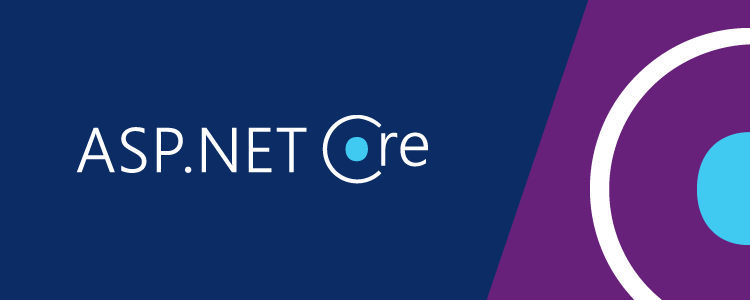Unlocking the Potential of Web APIs: A Deep Dive into .NET Core, GraphQL, Authentication, and Caching
 Lens Mutombo
Lens Mutombo
Introduction
GraphQL is a query language for APIs that allows clients to request the exact data they need. It is a powerful tool that can be used to create flexible and efficient APIs. Authentication is the process of verifying the identity of a user. It is important to protect your API from unauthorized access. A caching system is a mechanism for storing data in memory so that it can be accessed quickly and efficiently.
In this article, we will learn how to create a Web API with .NET Core, using GraphQL, authentication, and caching system.
Prerequisites
Visual Studio Code or any other IDE
.NET Core SDK
GraphQL NuGet package
Authentication NuGet package (e.g., IdentityServer4)
Caching NuGet package (e.g., MemoryCache)
Create a new project
Open Visual Studio Code and create a new ASP.NET Core Web API project. Select the ASP.NET Core Web API template and click Next.
Install the required NuGet packages
Open the NuGet Package Manager and install the following packages:
GraphQL
Authentication NuGet package (e.g., IdentityServer4)
Caching NuGet package (e.g., MemoryCache)
Configure authentication
In this article, we will use IdentityServer4 for authentication. Follow the IdentityServer4 documentation to configure authentication in your project.
Configure caching
In this article, we will use MemoryCache for caching. Add the following code to the ConfigureServices() method in the Startup class:
C#
services.AddMemoryCache();
Create a GraphQL schema
Create a new file called schema.graphql and add the following code:
GraphQL
type Query {
users: [User!]!
}
type User {
id: Int!
name: String!
}
This schema defines a Query type with a single field called users. The users field returns a list of User objects. The User type has two fields: id and name.
Implement the GraphQL query
Create a new controller called UserController and add the following code:
C#
public class UserController : Controller
{
private readonly IMemoryCache _cache;
private readonly IUserRepository _userRepository;
public UserController(IMemoryCache cache, IUserRepository userRepository)
{
_cache = cache;
_userRepository = userRepository;
}
[HttpGet]
public async Task<IActionResult> GetUsers()
{
// Get the users from the cache
var users = _cache.Get<List<User>>("Users");
// If the users are not in the cache, get them from the database
if (users == null)
{
users = await _userRepository.GetUsers();
// Add the users to the cache
_cache.Set("Users", users, TimeSpan.FromMinutes(10));
}
// Return the users
return Ok(users);
}
}
This controller implements the Query type defined in the GraphQL schema. The The getUsers () method gets the list of users from the cache or the database and then returns them to the client.
Configure the GraphQL middleware
Add the following code to the Configure() method in the Startup class:
C#
app.UseGraphQL("/graphql");
This code configures the GraphQL middleware to handle requests at the /graphql endpoint.
Test the API
Open the Postman app and send a GET request to the /graphql endpoint with the following body:
JSON
{
"query": "{ users { id name } }"
}
You should receive a response with the following body:
JSON
{
"data": {
"users": [
{
"id": 1,
"name": "John Doe"
},
{
"id": 2,
"name": "Jane Doe"
}
]
}
}
This confirms that the GraphQL API is working correctly.
Conclusion
In this article, we learned how to create a Web API with .NET Core, using GraphQL, authentication, and caching system. GraphQL is a powerful query language that allows clients to request the exact data they need. Authentication is important to protect your API from unauthorized access. A caching system can improve the performance of your API by storing frequently accessed data in memory.
Subscribe to my newsletter
Read articles from Lens Mutombo directly inside your inbox. Subscribe to the newsletter, and don't miss out.
Written by

Lens Mutombo
Lens Mutombo
Lens Mutombo is a tech entrepreneur and software engineer with 10 years of experience building web and mobile apps. He is passionate about creating innovative solutions to complex problems and has a proven track record of success developing cutting-edge products that have been used by thousands of people around the world. Lens is also an active member of the tech community and is committed to promoting technology education and access for underserved communities.